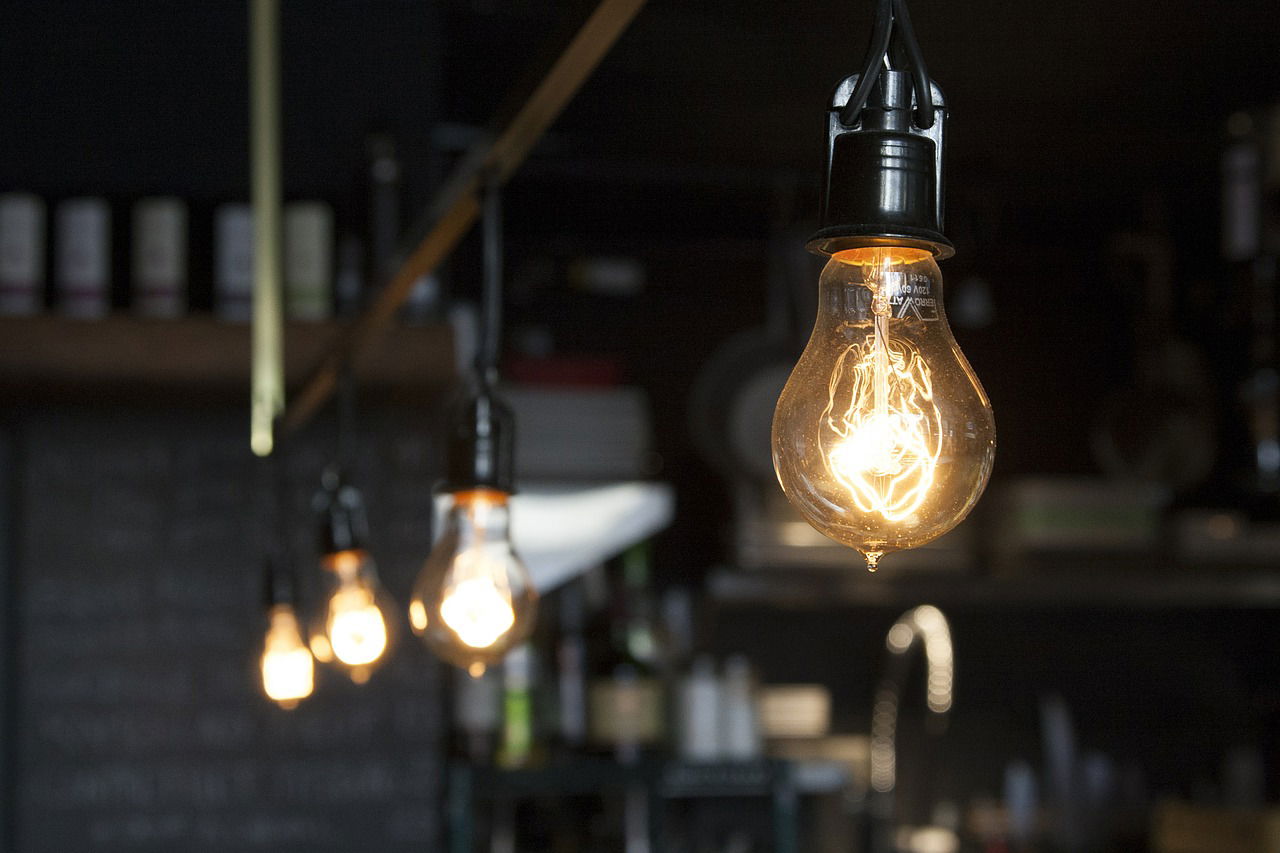The Importance of Light In Interior Design

By Michael Jumba
In interior design, it will be correct to conclude that our experiences are more visual than in any other way. Even though smell, sound and touch play their unique roles, interior design mostly relies on the vision to deliver a large quantity of information. However, it is important to note that without light striking an object or surface, it will be very difficult to have a visual depiction of the object or surface.
Vision is a product of light. It is the result of the creation of light, the reflection of light, and ultimately, the absorption and translation of light by human beings. Common sense thus dictates that if we are to have maximum control of the interior design environment, then we must put light at the centre of our interior design.
Light is a powerful tool in interior design. It can quickly and powerfully alter the appearance and emotional effect of our interior design spaces. While a designer can spend volumes of time refining the layout of a space, including the materials and finishes of the space; light can be applied to truly enhance or utterly destroy the desired effect.
In interior design, light plays various roles. Light has the power to change the emotional effect, the mood of a space and also the colour of a space. However, all this depends on the interior design goal.
In marrying light with interior design, a basic understanding of colours, intensities and textures of light by the interior designer is necessary. This will help an interior designer gain an understanding of which types of light will support and those that will destroy a project’s design goals.
Download the article here



